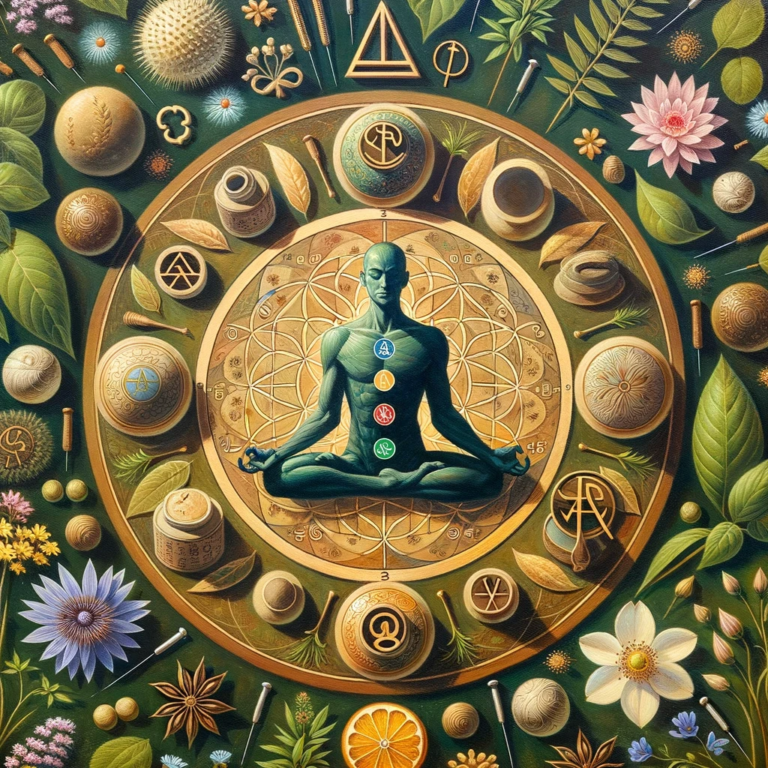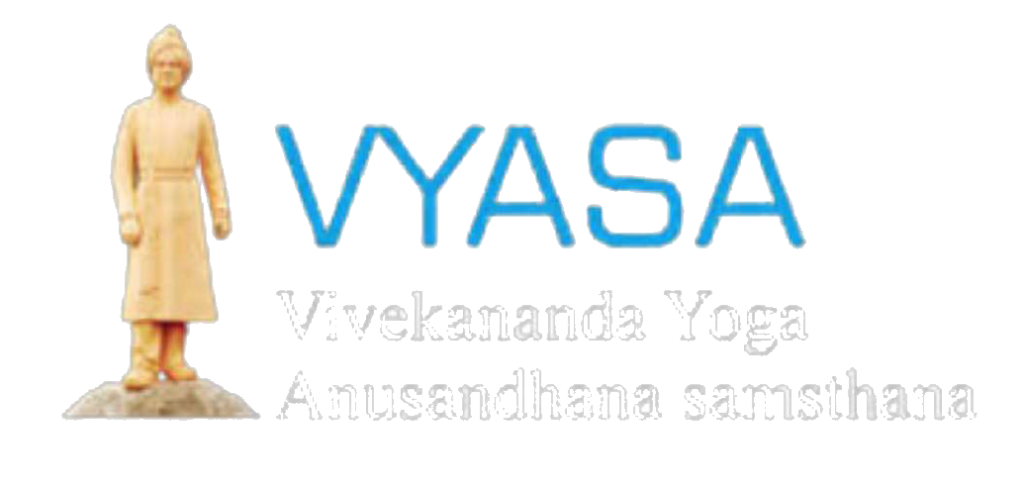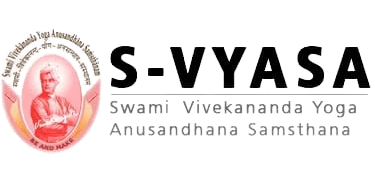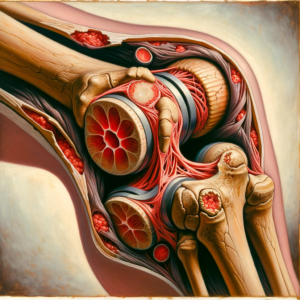
How arthritis affects daily life? Arthritis is a term often used to mean any disorder that affects the ankle joints, knee joints & shoulder joints. Arthritis Symptoms generally include joint pain, finger joint pain, stiff joints and swollen joints as well as decreased range of motion which typically worsen with age. Arthritis is not just a word. It's a reality that pins down the wings of many dreams. Arthritis, a term that evokes pain and immobility, is an unwelcome visitor in many lives. Simple activities like playing with our kids, or even opening a jar can become a daunting task. Yet, nature offers hope through ancient healing practices like Ayurveda, Yoga, and Acupuncture. These are not mere treatments but pathways towards a life where pain doesn't dictate our days. Embarking on a journey through Ayurvedic centers near you could be your first step towards reclaiming a life full of movement and joy.
Different types of Arthritis
- Osteoarthritis
- Rheumatoid arthritis
- Gout
- Psoriatic arthritis
- Ankylosing spondylitis
- Septic arthritis
- Thumb arthritis
- Septic arthritis
- Reactive arthritis
Arthritis Causes
Arthritis causes may vary according to the different types of arthritis.
- Injury, leading to degenerative arthritis
- Abnormal metabolism, leading to gout and pseudogout
- Inheritance, such as in osteoarthritis
- Immune system dysfunction

Symptoms of Arthritis
Depending on the different types of arthritis signs and symptoms may vary. Most common symptoms of arthritis include:
- Pain
- Stiffness
- Swelling
- Redness
- Decreased range of motion
Causes of joint pain
Joint pain is highly prevalent, especially with advancing age. In a nationwide survey, approximately one-third of adults reported experiencing joint pain in the past month. Knee arthritis ranked highest. What causes Knee arthritis? Knee pain usually starts slowly, but can also come on suddenly. You might feel it in the morning or after not moving for a while. Things like going up stairs, standing from sitting, walking on flat ground, or sitting for a bit can make your knees hurt followed by shoulder and hip pain, though any joint in the body can be affected. Various conditions contribute to joint pain, including osteoarthritis (resulting from wear and tear), rheumatoid arthritis (an autoimmune disorder), bursitis (inflammation of fluid-filled sacs that cushion joints), gout (commonly affecting the big toe joint), and strains, sprains, and injuries. Early signs of arthritis tenderness or pain in the small joints of your fingers or toes.”
Signs and symptoms of joint pain
Many individuals may encounter various types of joint pains, leading them to question the underlying causes of knee pain or frozen shoulders in adults. Shoulder, ankle, and knee pain are all the result of discomfort in the joints responsible for facilitating movement in these body parts. Joint pain is a frequently reported issue among adults, often attributed to our busy lifestyles and restless routines, making us susceptible to various health problems and bodily afflictions. Whether from prolonged desk work, strenuous physical activities, or simply the natural aging process, joint pain can affect us all. Common Arthritis symptoms and signs of joint pain include joint redness, tenderness, limping, stiffness, weakness, or a noticeable decrease in the joint’s range of motion. Additionally, joint swelling or muscle cramps due to injuries or sprains can also contribute to the development of joint pain.
Arthritis pain: Do's and don'ts
Here are some helpful guidelines to consider:
- Educate yourself about your condition, including the type of arthritis and any existing joint damage.
- Involve your doctor, friends, and family in your pain management efforts.
- Keep your doctor informed about any changes in your pain symptoms.
Incorporate these daily habits for better joint Relief:
- Be mindful of your joints during daily activities, whether sitting, standing, or moving around.
- Perform gentle, regular stretches to maintain joint flexibility.
- Maintain good posture with guidance from a physical therapist.
- Strike a balance between activity and rest, avoiding excessive strain.
- Make lifestyle changes like managing weight through gradual, sustainable methods.
- Quit smoking, as it can stress connective tissues and worsen arthritis pain
Exercises:
DO’s:
- Choose joint-friendly activities that strengthen muscles without harming the joints.
- Work with a physical or occupational therapist to design a suitable exercise program.
- Focus on stretching, range-of-motion exercises, and gradual progressive strength training.
- Incorporate low-impact aerobic exercises like walking, cycling, or water exercises.
- These exercises can help reduce pain, and stiffness, and increase endurance.
DON’Ts:
- Avoid high-impact activities like running, jumping, or intense aerobics.
- Stay away from repetitive motions, such as serving in tennis, which can strain the joints.
- Minimize activities involving repetitive, jarring movements that could worsen arthritis symptoms.
- Steer clear of sports like tennis or activities with sudden joint impacts that could cause disco
For any query call us at - +91 95913 36226
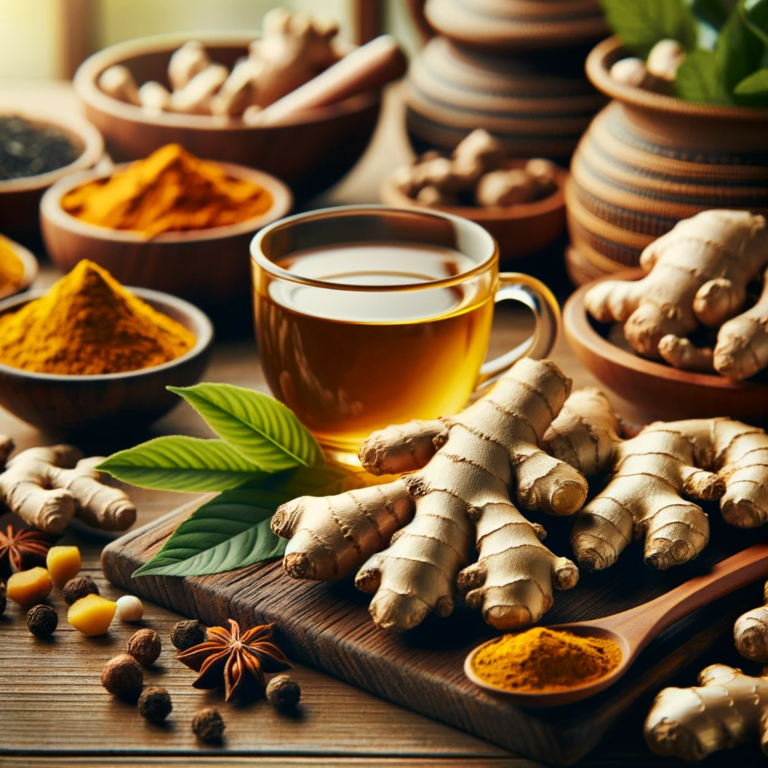
Ayurvedic treatment for Arthritis
Ayurveda: Nature’s Own Remedy
Are you looking for pain management treatment? Ayurveda, a gem from ancient India, opens a window to a world where health flows from nature to our bodies. This ancient health science dives deep into the root causes of arthritis, addressing not just the symptoms but the underlying imbalances. Ayurvedic treatment for arthritis are like having a heart-to-heart conversation with nature. It's about embracing natural remedies like herbal medicines which include boswellia, turmeric, and ginger that have the power to combat inflammation, a key player in arthritis pain. And the journey doesn't stop at herbs. It extends to massages at ayurvedic centers near you, which are like a soothing balm on the aching joints, bringing the much-needed joint pain relief and nudging the body towards healing. The link between Ayurveda and arthritis treatment is not a new fad; it's a time-tested relationship nurtured over centuries. The wisdom enshrined in Ayurveda empowers us to not just manage arthritis but to live a life unshackled by pain. Reading the case studies on the Ayurvedic Treatment for Rheumatoid Arthritis (RA) page can offer hope and inspiration. These real-life examples showcase how individuals with RA have experienced significant improvements in their condition through an Ayurvedic approach. Explore natural relief with our specialized Ayurvedic therapies for holistic well-being.
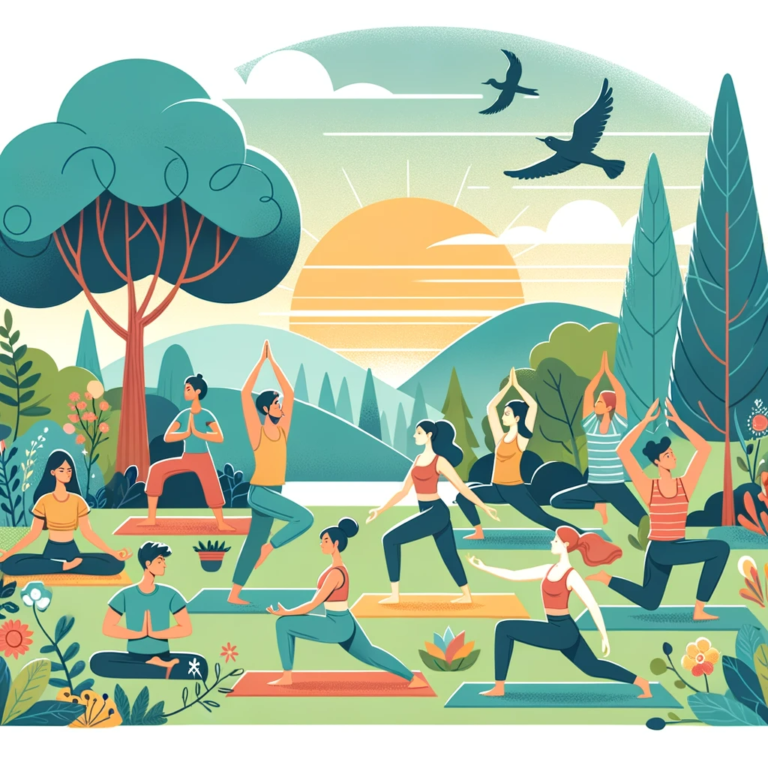
Yoga for Arthritis
Yoga: Gentle Moves for Stronger Joints
Yoga is like a gentle whisper in the ear of our joints, telling them to relax and move freely. The beauty of Yoga exercises is in its simplicity and adaptability. Whether you are young or old, flexible or stiff, Yoga has a pose and a breathing technique to offer. Yoga classes near you can be the door to a world where your joints find their rhythm again. Through simple poses and breathwork, Yoga helps in loosening the stiffness, a common companion of arthritis. It's not about bending backwards to touch your toes; it's about tuning in to your body and giving it the care it needs. Pranayama, the art of breathe control in Yoga, is like a soothing balm on the inflamed joints, helping to ease the pain and the anxiety that often accompanies it. Yoga is not just a practice; it's a promise of better mobility and lesser pain. Find out how yoga can be a part of your arthritis management plan here. Arthritis Yoga exercises have transformative benefits to alleviate stiffness and joint pain relief.
Combining Forces : Stopping Arthritis in its Tracks
Ayurveda, Yoga, Naturopathy and Acupuncture are like four pillars supporting a temple of well-being. When they join hands, they form a formidable force against the advancing army of arthritis. This trio addresses arthritis from different angles, creating a circle of care around the affected joints. It's like having a team of superheroes, each with their unique powers, fighting for your health. The holistic approach is about embracing a lifestyle that fosters balance and harmony. It's like inviting peace to our body, showing the door to pain and discomfort. This combined approach is not about merely managing arthritis symptoms; it's about halting arthritis in its tracks, aiming to reduce its progression. Ayurvedic centers near you offer a blend of treatments, nurturing your body with the essence of nature. Yoga classes provide a space to stretch and strengthen, Naturopathy treatment provides diverse natural therapies, serving as a drug-free science focused on eliminating diseases while acupuncture therapy near you can be a gateway to pain relief. The integrative medicine is like having a dialogue between your body and nature, finding a common language to address the challenges posed by arthritis. Discover a real-life journey of someone who embraced this holistic approach to combat arthritis here. The combination of Ayurvedic treatment, yoga therapy, naturopathy, and acupuncture is excellent for pain management.
Eating Right: Foods that Help
Food is not just about satisfying hunger; it’s a companion in our health journey. Yes, food can indeed be considered a natural remedy for arthritis.Ayurveda treasures the wisdom of eating right to keep arthritis at bay. It's like having a friendly chat with nature every time we have a meal. Vegetables like broccoli, lentils, spinach, and kale are like nature's little soldiers fighting the inflammation that comes with arthritis. Ayurveda also brings to the table a variety of pulses and legumes, which are like fuel for our joints, keeping them healthy and happy.
But the Ayurvedic dietary journey doesn’t end with just knowing what to eat. It’s also about understanding what to avoid. Foods like tomatoes, potatoes, and certain other vegetables, though nutritious, may not be the best friends for someone dealing with arthritis. The Ayurvedic diet is not a one-size-fits-all; it’s a personalized roadmap to better joint health.
Discover the foods that are kind to your joints with arthritis self-care through healthy eating.
Conclusion
The journey through Ayurveda, Yoga, and Acupuncture is like walking through a garden of wellness, where each step takes us further away from the pain of arthritis and closer to a life full of movement and joy. These ancient practices are not just about healing; they are about forming a bond with our bodies, understanding its language, and providing it with the care it deserves. It’s an invitation to step into a world where our joints move freely, where each day is embraced with hope and positivity. Consult the best ayurvedic doctor for rheumatoid arthritis and embark on a personalized journey towards lasting relief and holistic wellness.
Get in touch with us today
If you are looking for Ayurvedic treatment then visit the best Ayurvedic Clinic in Bangalore to treat yourself from the best arthritis doctor in bangalore and experience the transformative power of natural healing for holistic healing, that has been restoring balance and vitality for over 5000 years. Rooted in the profound understanding of the mind-body connection, Ayurveda treats the root cause of ailments, not just the symptoms, promoting long-lasting well-being. Our experienced doctors take a comprehensive approach to your health, meticulously assessing your unique constitution (Prakruti) and current imbalances.
Life is a beautiful journey, and arthritis shouldn’t be a roadblock on your path. If you are looking for best Ayurvedic Clinic in Bangalore then our doors at Vivekananda Health Global are always open, welcoming you to a haven where healing blossoms. With a team of compassionate and experienced practitioners, we are here to walk with you on this healing journey. Each individual is unique, and so should be the healing path. Our personalized approach aims to address the root of arthritis, guiding you towards a life where pain no longer holds the reins. At our ayurvedic center, we also provide Panchakarma treatments, which bring balance and rejuvenation to your mind and body. Ready to take the step towards a happier, healthier you? A friendly chat with our doctors is just a call away. Connect with us to get the best ayurvedic treatment for arthritis pain relief . Reach out at +91 9591336226 to consult with the best ayurvedic doctor for arthritis and let’s embark on this transformative journey together. Your road to relief is just a call away. Discover a life where you can move freely, laugh heartily, and live fully.
Click here to discover how a 51years old lady tackled her arthritis challenges.

